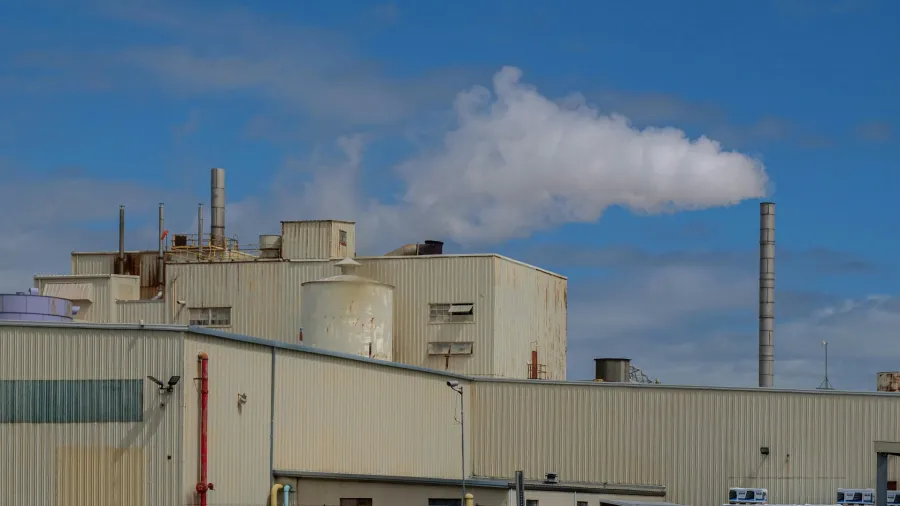
Asian supply chains show tentative recovery, but underutilisation persists
Meanwhile, global supply chains are near full capacity.
Manufacturing activity in Asia showed signs of recovery in June, although regional supply chains continue to operate below full capacity, according to the latest GEP Global Supply Chain Volatility Index, released 10 July.
The index for Asia rose to -0.27 in June from -0.40 in May, reflecting gradual improvement. Stronger manufacturing activity was recorded in India, Japan, and South Korea, whilst Southeast Asia, particularly China, saw persistent slack in factory purchasing and underutilised supply chains.
Globally, supply chain capacity is being increasingly utilised, with the volatility index jumping to -0.17 in June, its highest level in 2025, up from -0.46 in May. This marks the first time in over two years that supply chains have operated close to full capacity, despite the imposition of a 10% universal tariff by the US administration.
The GEP index tracks supply chain activity across 27,000 businesses worldwide, measuring demand, shortages, transport costs, inventories, and backlog levels.
Europe and the US
In Europe, manufacturers operated at full capacity for the first time in over two years, with the regional index improving to 0.01 from -0.30 in May. The recovery was fuelled by front-loaded orders from US customers and stronger domestic and export demand, especially in Germany.
Despite the continental rebound, the UK continues to lag, with its index improving to -0.41 from -0.97, still indicating significant slack in its supply chains.
North America also experienced increased input demand, with US manufacturers rushing to secure commodities, parts, and raw materials ahead of a possible end to the current tariff pause. The region's index rose to -0.06 from -0.24, effectively operating at full capacity.
Reports of stockpiling reached their highest levels in 2025, driven by pricing and supply concerns. Procurement managers took precautionary measures to prepare for potentially higher tariffs.
“In June, Europe shook off its long slump and global supply chains ran at full capacity, despite the uncertainty and on-and-off again tariffs,”
said John Piatek, VP of Consulting at GEP.
Piatek added that beneath the surface, companies are already adapting: stockpiling inputs, reshaping supplier networks, nearshoring, and securing financing to mitigate future disruptions.















